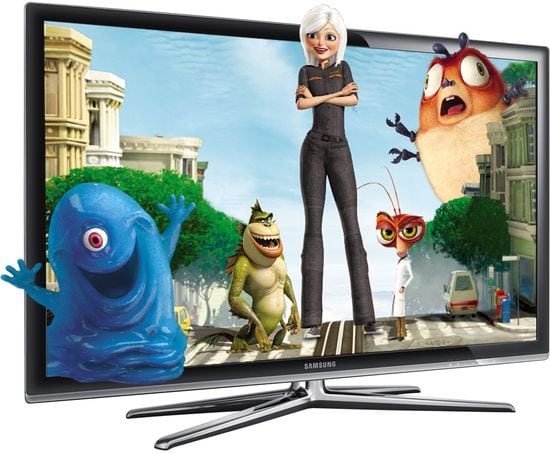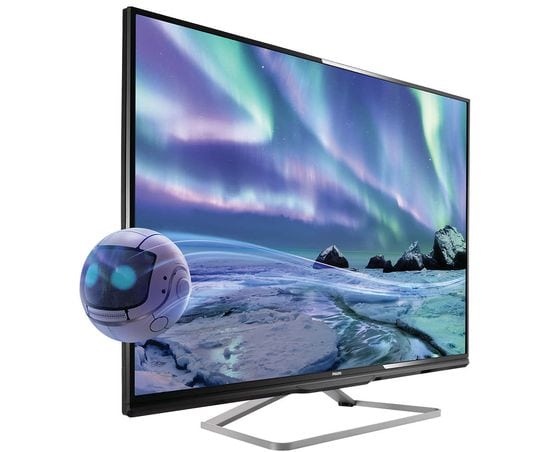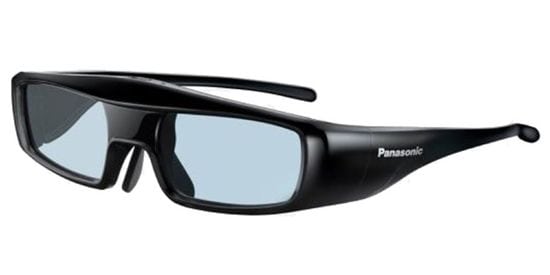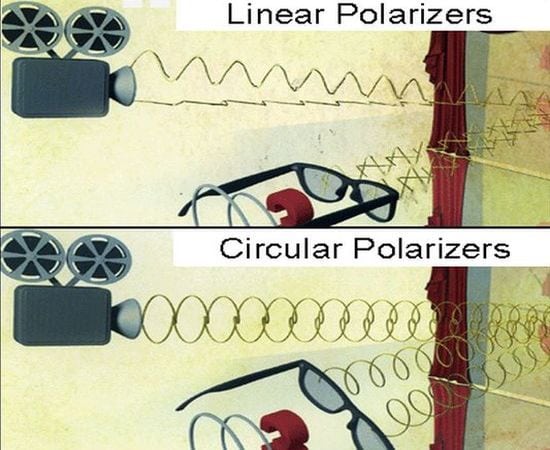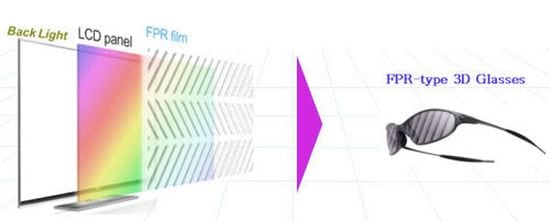3D TVs are very popular among many consumers. The presence of this function significantly affects their choice of TV. Today the market offers a wide range of 3D models, but, unfortunately, many companies reduce this direction due to a number of reasons.
Implementation of 3D technology in TVs from various companies has features. For example, Samsung Company uses only the active shutter 3D technology. Panasonic and Philips companies use both technologies. Almost all LG models have polarization technology.
Samsung Company
This company produces TVs only with an active shutter 3D technology, that has pros and cons. Large vertical viewing angle refers to its main advantages. This value characterizes the maximum viewing angle without distorting the image. This advantage is especially important when viewing in a small room on a small screen by several viewers. However, most people usually prefer to watch 3D content directly in front of the TV. Of course, in this case the viewing angle does not matter much.
Philips Company
This company produces models with using both technologies, but polarization passive technology is more popular. Playback with this technology does not cause discomfort from periodic flicker. 3D glasses are cheap and light. Unfortunately, turning the head while viewing may disrupt the generated 3D image. This instability may be considered the main and only drawback of passive technology.
Typically, these models use the P-IPS matrix that displays the largest number of colors and shades and is a most durable. The matrix is an important aspect, because it significantly affects the quality of the 3D content playback.
Panasonic Company
Today, Panasonic also uses the both technologies in their models. Company has released a new model of glasses that is called TY-ER3D4ME.
New glasses weigh only 27 grams without creating any discomfort during the viewing. They easily dress up over of medical glasses. The synchronization method is the main pros of this model. It uses the radio frequency of the Bluetooth protocol instead of synchronizing by infrared beam. Accordingly, the risk of losing synchronization is almost absent when the viewer moves. Additionally, the TV manufacturers with active 3D have finally developed a unified standard. Therefore, this model is interchangeable with the models of the Full HD 3D glasses from other companies.
LG Company
This company has developed its own polarization Cinema 3D technology. It uses circular polarization which is the main difference of this technology.
Light streams rotate in opposite directions for each of the filters. The filters also have an opposite direction of circular polarization. Each filter transmits only the identical polarization. Filter with right circular polarization blocks the light flow with the left polarization. Accordingly, the light flow with the right polarization is blocked by filter with left circularly polarized. Thus, each eye receives its own continuous image.
This technology requires a special FPR (Film-type Patterned Retarder) film. This film is located on TV screen and serves as a filter, providing the image with a circular polarization.
Unfortunately, this technology is implemented only in LG TVs.
3D LG models, except OLED, have matrix P-IPS. 30-bit color depth of this matrix displays 1.07 billion of shades colors.
Additionally, these models have a Dual Play mode that displays the image on full screen when connect a game console. TV without this option provides only half of the screen.
This video demonstrates Cinema 3D technology.

